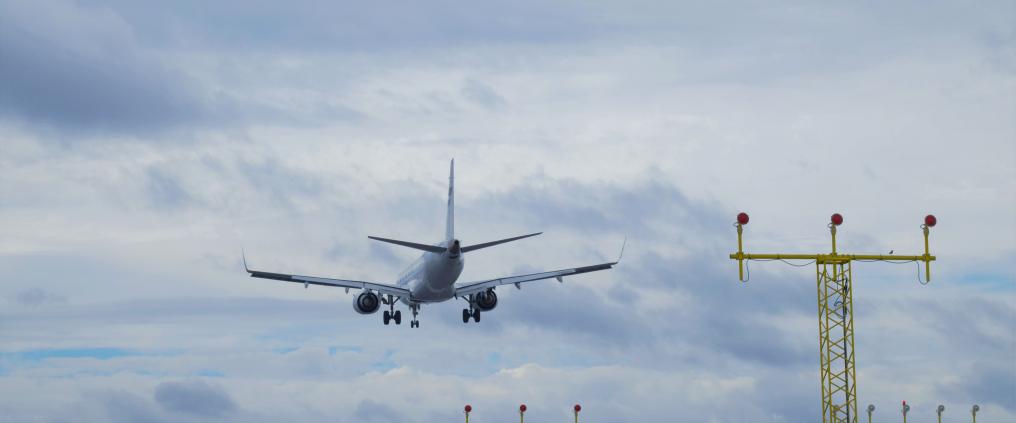“Having flights arriving in Finland turn back to the departure airport or land at an alternate airport due to bad weather is quite rare. According to preliminary data, approximately 270,000 flights took off from or landed at Finavia airports last year. Only a small number of them were sent to an alternate airport due to bad weather,” says Finavia’s SVP Henri Hansson.
In addition to Nordic weather phenomena, such as snowstorms and freezing weather, challenging weather conditions include thunderstorms, fog, and strong gusts of crosswinds. These are situations where the head of the aircraft, i.e. the plane’s captain, can decide that it is not safe to land.
“Helsinki, Tampere, and Turku Airports are some of Finavia’s airports that have been designated as alternate airports for a number of airlines due to their location and good infrastructure and services. Runway 3 at Helsinki Airport is designated Category III (CAT III), which means planes can land even in difficult low-visibility conditions.”
When the weather is bad in Sweden, Estonia, or Norway, Finavia’s airports are used as alternate airports. Sudden layovers are made at our airports also due to technical disturbances in the plane or illnesses on board the aircraft, but it is not very common.
Airports have their own terms for unexpected landings. When an aircraft returns to the airport of departure or lands in an alternate airport, we talk about diverting. When a plane makes a layover due to a passenger falling ill or technical failure of the plane, the terms medical and technical are used.
In air traffic, everything is carefully planned, secured and practised. Preparations are made for surprising events in advance. Alternate airports are defined for planes before departure.
“Whatever the reason for the layover or diverting the plane, it is always about ensuring the safety of the flight. The decision to land on an alternate airport is always made by the captain of the plane. They decide if they can land in the current conditions or not,” Hansson says.
Read more
Captain Tapio Siivola and Air Traffic Control Centre’s Director Karri Hannula talk about challenging weather conditions and their impact on flying in our article: Five facts: This is how thunder, snowfall, wind, fog, and ice affect flying
In autumn 2021, Finavia’s airports implemented the most significant change in 50 years in their winter maintenance. Read our article to know what it means to switch to a new way of assessing the condition of runways



